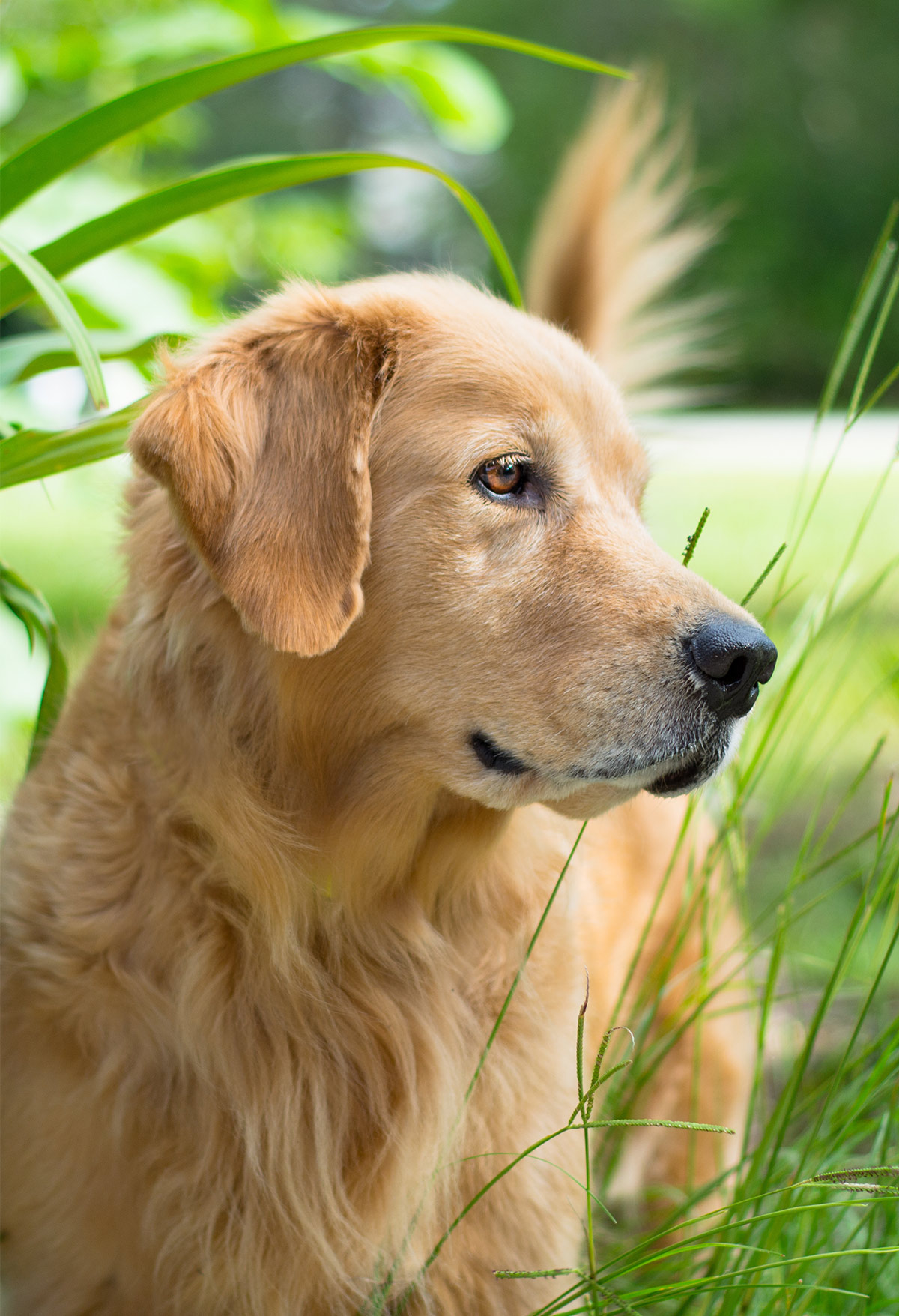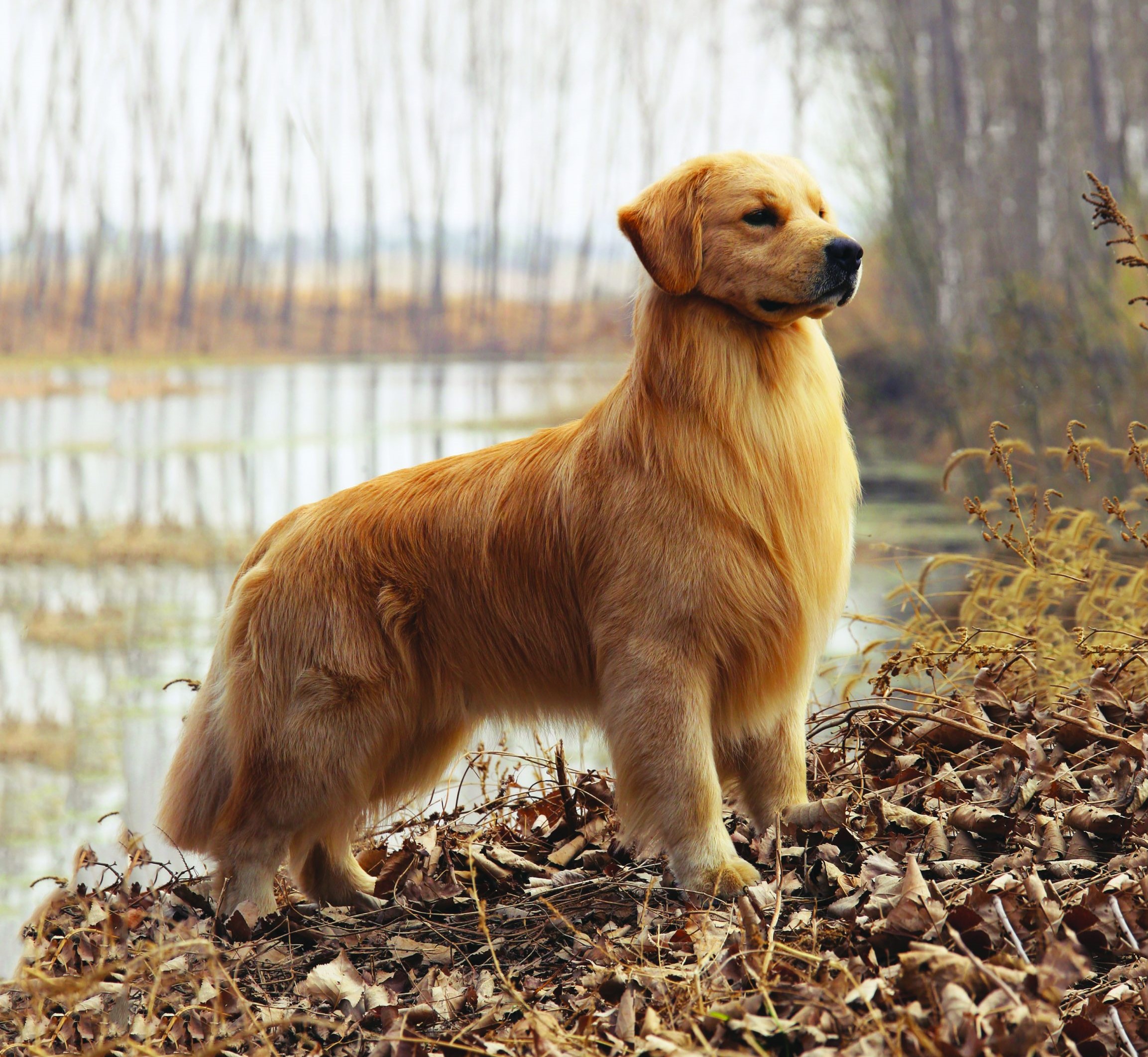Unveiling The Golden Silk Orb Weaver: Nature's Master Weaver
Step into the fascinating world of the golden silk orb weaver, a spider that captures attention not only with its striking appearance but also with the incredible material it produces. Known for its shimmering golden web and distinctive look, this arachnid is a true marvel of the natural world, often found gracefully suspended in its intricate, glistening traps across various warm climates.
Among the various species often colloquially referred to as "banana spiders," the golden silk orb weaver stands out with its impressive traits and amazing facts that many might not know. This article delves deep into the life of this remarkable creature, exploring its scientific classification, widespread distribution, intriguing mating behaviors, unparalleled silk production, and the significant human uses and impacts derived from its extraordinary capabilities.
Table of Contents
- Introduction to the Golden Silk Orb Weaver
- Scientific Classification and Nomenclature
- A Dazzling Appearance and Impressive Size
- Geographic Distribution: A Global Presence
- Diet and Ecological Role
- The Marvel of Golden Silk Production
- Intricate Web Design and Behavior
- Human Interactions and the Future of Golden Silk
- Harmless Giants: Dispelling Myths
- Conclusion
Scientific Classification and Nomenclature
To truly understand the golden silk orb weaver, it's essential to pinpoint its place within the vast kingdom of arachnids. Scientifically, the most commonly recognized species of golden silk orb weaver in the Americas is Trichonephila clavipes. This classification places it within the family Araneidae, which encompasses the true orb-weavers, spiders renowned for constructing spiral wheel-shaped webs. The genus Trichonephila itself is part of a larger group of spiders known for their incredibly strong and often golden-hued silk. Understanding this scientific background helps us appreciate the evolutionary lineage and unique adaptations that have made the golden silk orb weaver such a successful and captivating creature across diverse ecosystems.
A Dazzling Appearance and Impressive Size
The golden silk orb weaver is not just a master architect; it's also a visually stunning spider. Its appearance is as captivating as its web, making it easily recognizable to those who encounter it. The spider exhibits a combination of orange, yellow, and brown hues, especially on its abdomen, which often presents a striking pattern. This vibrant coloration, combined with its impressive size, contributes to its memorable presence in the natural world.
Hue and Markings
The specific coloration can vary slightly depending on the region and individual, but the general palette of orange, yellow, and brown provides excellent camouflage amidst foliage and sunlight filtering through trees. These colors are not just for show; they likely play a role in attracting prey or deterring predators, though more research is always ongoing in this fascinating area. The shimmering quality of its web, combined with its own striking appearance, makes the golden silk orb weaver a true gem of the insect world.
Size and Leg Span
Beyond its colors, the sheer size of the golden silk orb weaver is often what first catches the eye. Females of this species are considerably larger than males, a common trait among many spider species. They can grow up to 3 inches long in body length, a substantial size for an invertebrate. Even more impressive is their leg span, which can reach up to 13 cm (approximately 5.1 inches). This makes them one of the larger orb-weaving spiders in their range, commanding respect and a little awe from observers. Their robust build and long, slender legs are perfectly adapted for navigating and maintaining their expansive webs.
- Intercontinental San Francisco
- One Man One Jar
- Hilary Duff Naked
- Travel Town Free Energy
- Gabriela Rico Jimenez
Geographic Distribution: A Global Presence
The golden silk orb weaver is a testament to nature's adaptability, thriving in a wide array of environments across multiple continents. Known for its shimmering golden web and striking appearance, this spider is commonly found in the southeastern United States, Central and South America, and even parts of Asia and Australia. Its widespread distribution highlights its ability to adapt to various warm climates, a key factor in its global success.
Warm Climates and Native Habitats
The golden silk orb weaver is used to warm climates and originally native to Central America and some Caribbean islands. This preference for warmer temperatures dictates its presence in subtropical and tropical regions worldwide. It thrives in humid environments, often found in forests, gardens, and even urban areas where suitable vegetation and prey are abundant. The ability to tolerate a range of warm conditions has allowed it to colonize new territories effectively.
Specific Sightings in the Americas
In the Americas, the golden silk orb weaver can be found from the southeast United States through Argentina and Peru. Specifically, Trichonephila clavipes has been sighted in numerous states across the southern U.S., including Alabama, Florida, Georgia, Louisiana, Mississippi, North Carolina, South Carolina, and Texas. Beyond the continental U.S., its presence extends to the Bahamas, Brazil, Costa Rica, Mexico, Trinidad and Tobago, and the U.S. Virgin Islands. This extensive range underscores its indigenous status to both continental and island regions within the Americas, making it a familiar sight for residents and naturalists in these areas.
Diet and Ecological Role
As an orb weaver, the golden silk orb weaver is an efficient predator, playing a crucial role in its ecosystem by controlling insect populations. Their diet primarily consists of flying insects that become ensnared in their large, strong webs. They feed on grasshoppers, flies, and other small insects, making them natural pest controllers in agricultural and natural settings. Once an insect is caught, the spider quickly immobilizes it with venom and wraps it in silk before consuming it or storing it for later.
Their predatory habits contribute significantly to the ecological balance, preventing overpopulation of certain insect species. Furthermore, the golden silk orb weaver's web itself can become a mini-ecosystem. For instance, a fascinating interaction occurs with species like Argyrodes nephilae, a kleptoparasitic spider known for stealing food from the golden silk spider's web. This relationship highlights the complex food webs and interspecies dynamics that exist within the golden silk orb weaver's habitat, showcasing its central role in the local biodiversity.
The Marvel of Golden Silk Production
Perhaps the most astonishing characteristic of the golden silk orb weaver is its ability to produce a distinctive silk with some truly exceptional characteristics. This isn't just any spider silk; it's a material that has captivated researchers, engineers, and even artists for centuries. The strong silk has a golden sheen, which is a result of the natural coloration of the spider silk itself, giving the spider its common name and adding to its mystique.
Unparalleled Strength and Elasticity
The golden orbweaver silk is so impressive that it has caught the attention of researchers and the textile industry due to its high strength and elasticity. Scientists have long studied spider silk for its remarkable properties, often described as stronger than steel by weight and more elastic than nylon. The golden silk orb weaver's silk embodies these qualities to an extraordinary degree. It possesses a unique combination of strength and elasticity that makes it superior to many synthetic materials. In fact, research suggests that the spider silk is used to create a unique fabric that combines the strength and elasticity of graphene and carbon nanotubes, two of the most advanced materials known to science. This potential makes it a highly sought-after biomaterial for future innovations.
The Distinctive Golden Hue
The silk's golden hue is not merely an aesthetic feature; it's a natural color that is inherent to the silk fibers themselves. This golden coloration is believed to serve several purposes in nature. Some theories suggest it helps camouflage the web in sunlit environments, making it less visible to unsuspecting prey. Others propose it might attract certain insects, which are drawn to specific light wavelengths. Regardless of its exact biological function, this natural golden color is what makes the silk so visually striking and valuable for human applications, eliminating the need for artificial dyes when used in textiles.
Intricate Web Design and Behavior
The golden silk orb weaver is, as its name suggests, a master of web construction. Its webs are not only large and visually stunning but also incredibly complex and strategically designed. These spiders remain in their webs day and night, diligently waiting for prey and maintaining their elaborate structures. The sheer scale of their webs can be impressive, often spanning several feet between trees or other anchor points.
A notable feature of their web design is the presence of a 'barrier network' of threads on one or both sides of the main orb web. This barrier network serves a crucial protective function, gaining some protection from bird attack by creating a physical obstacle that birds might encounter before reaching the spider or its main web. This ingenious defense mechanism highlights the evolutionary sophistication of the golden silk orb weaver's web-building behavior, showcasing their intelligence in adapting to environmental threats. The constant maintenance and strategic placement of these webs are vital for their survival, both for capturing food and for protection.
Human Interactions and the Future of Golden Silk
The extraordinary properties of golden orbweaver silk have not gone unnoticed by humans. For centuries, its strength, elasticity, and unique golden color have intrigued scientists, artists, and textile enthusiasts alike. This fascination has led to various attempts to harness this natural wonder, from historical curiosities to cutting-edge scientific research, exploring its potential for groundbreaking applications.
Historical and Modern Textile Applications
The use of golden orbweaver silk in fabric dates back centuries, though large-scale production has always been challenging due to the difficulty of harvesting the silk. Historically, there are records of unique textile creations. For instance, two bed hangings made from golden spider silk were famously shown at the 1900 Paris Exhibition, demonstrating an early human appreciation for this material's beauty and strength. More recently, a stunning golden spider silk cape was created, requiring the silk from 1.2 million golden orb weaver spiders individually collected in the highlands of Madagascar over three years, and many hours of intensive labor by specially skilled workers. This magnificent piece is now on display in the Victoria and Albert Museum, serving as a testament to the dedication and artistry involved in working with this rare material. These historical and modern examples underscore the unique aesthetic and functional appeal of golden orbweaver silk, making it a material of enduring fascination for the textile industry.
Collection Efforts and Sustainability
The process of collecting golden silk orb weaver silk is incredibly labor-intensive. Unlike silkworms, spiders cannot be easily farmed in large, dense populations due to their territorial and cannibalistic nature. Therefore, silk collection often involves carefully "milking" individual spiders, a process that requires precision and patience to ensure the spider's well-being. The Madagascar cape project is a prime example of the scale and effort required, highlighting the challenges of sustainable, large-scale production. Researchers are continuously exploring methods to synthesize spider silk proteins in laboratories, aiming to replicate its properties without relying on direct spider harvesting. Such breakthroughs could revolutionize various industries, from medical sutures and bulletproof vests to advanced textiles, offering a sustainable alternative to current production methods and opening new frontiers for this remarkable biomaterial.
Harmless Giants: Dispelling Myths
Despite their intimidating look and impressive size, golden silk orb weavers are mostly harmless to humans. Their large size and vibrant coloration can certainly be startling, and their prominent webs might seem like a trap for anything that comes too close. However, these spiders are generally not aggressive. They prefer to avoid confrontation and will typically retreat or remain still if disturbed. A bite from a golden silk orb weaver is rare and usually only occurs if the spider feels directly threatened or is accidentally squeezed. While their venom is potent enough to subdue their insect prey, it is not considered medically significant to humans. A bite might cause mild pain, redness, or swelling, similar to a bee sting, but serious reactions are extremely uncommon. Understanding their true nature helps to dispel common fears and allows for a greater appreciation of these fascinating creatures in their natural habitat.
Conclusion
The golden silk orb weaver is undeniably one of nature's most extraordinary architects and material scientists. From its striking orange, yellow, and brown hues to its impressive leg span, this spider commands attention. Its widespread distribution across warm climates, from the southeastern United States to parts of Asia and Australia, speaks to its remarkable adaptability. As an ecological cornerstone, it diligently manages insect populations, while its interaction with kleptoparasitic spiders reveals a complex web of life.
Most notably, the golden silk orb weaver's ability to produce silk of unparalleled strength and elasticity, with a natural golden sheen, has captivated human imagination for centuries. From historical textiles displayed in museums to cutting-edge research exploring its potential in modern materials science, this spider's silk continues to inspire innovation. Despite their formidable appearance, these spiders are largely harmless to humans, inviting us to observe and appreciate their intricate lives. We hope this deep dive into the world of the golden silk orb weaver has enlightened you about its unique characteristics and profound impact. What fascinating facts about spiders have you discovered? Share your thoughts in the comments below, or explore more of our articles on the wonders of the natural world!

Pictures Of Golden Retrievers - Golden Retriever Photo Gallery

Golden Retriever: Eine liebevolle und vielseitige Hunderasse

Golden Retriever | BULB